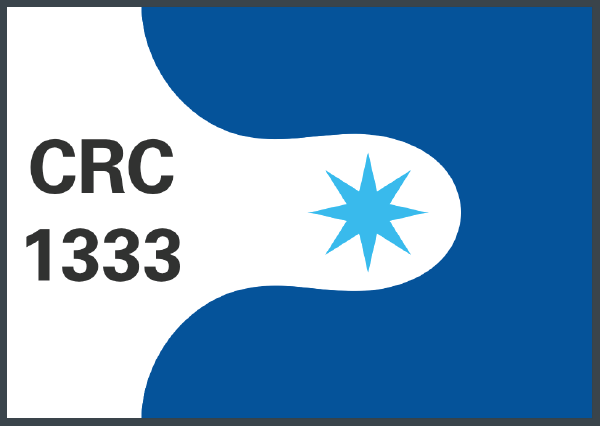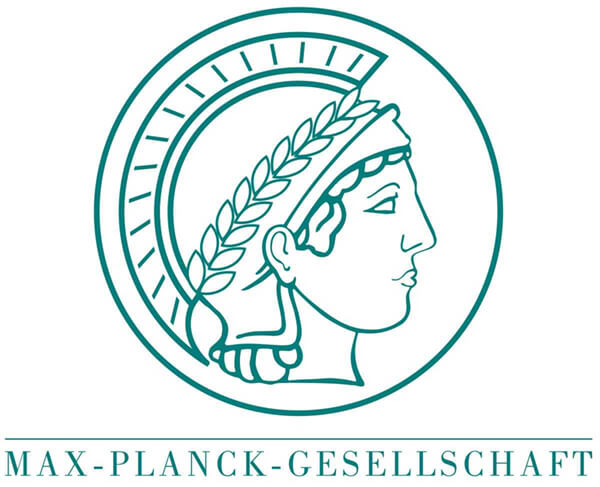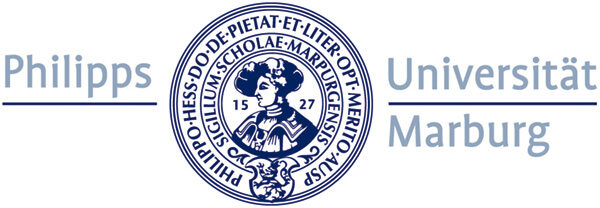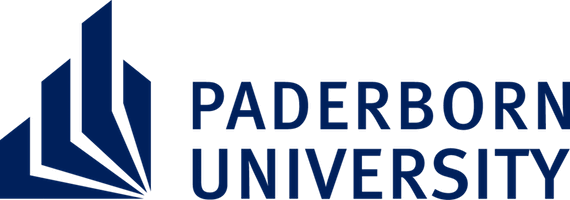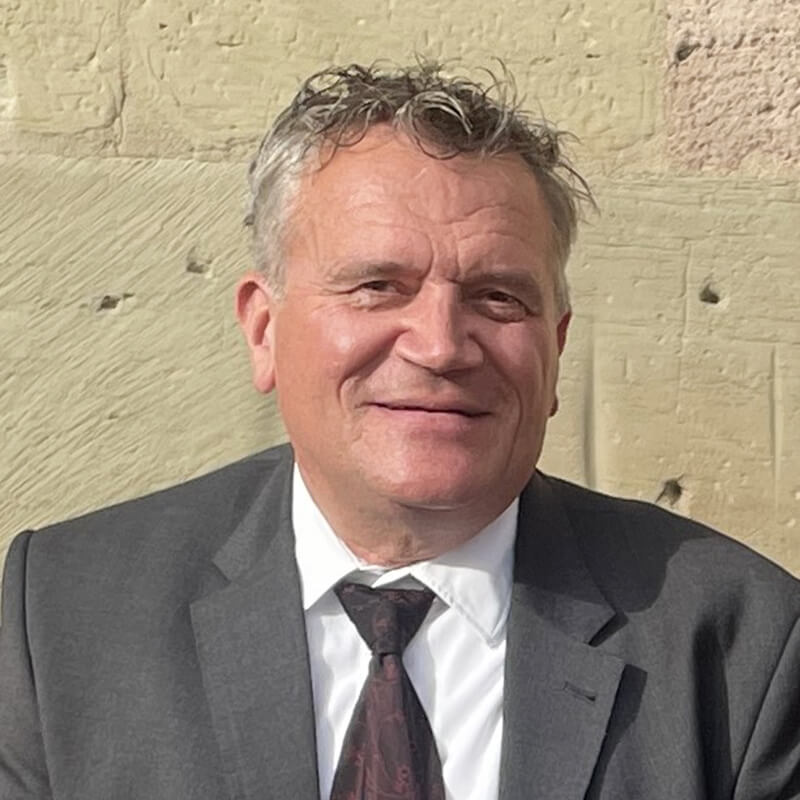
Prof. Dr. Thomas Sottmann
University of Stuttgart
“Time-resolved USAXS and contrast-modified SANS probing ZnO nanocluster formation and mesopore-induced solvent segregation”
Scattering methods such as small-angle X-ray scattering (SAXS) and small-angle neutron scattering (SANS) are well established as powerful techniques to investigate the structure of nanoscale objects. The usefulness of these methods for elucidating the role of confinement in catalysis, which is the main goal of the Collaborative Research Center 1333, is demonstrated by two recent studies. In the first, we investigated the formation of ZnO nanoparticles, which plays a crucial role in the formation of mesoporous ZnO inverse opals, by time-resolved USAXS [1]. The USAXS/SAXS data and complementary TEM images clearly show that heating of the precursor solution initiates the formation of small ZnO nanoparticles that assemble into clusters. Quantitative analysis of the scattering data provided the underlying kinetics of this process, which consists of continuous nucleation followed by autocatalytic growth. In the second, contrast variation SANS was used to study the influence of confinement of ordered mesoporous silica materials (OMS) on the inner-pore segregation of a dioxane/formic acid mixture used in Ru-catalyzed formic acid dehydrogenation to yield CO2 and H2. Molecular dynamics simulations and preliminary catalysis results indicate that segregation of this binary mixture indeed occurs in cylindrical pores with a diameter of 7.7 nm, leading to the inhibition of the catalyst due to a higher formic acid concentration at the pore surface. It will be shown whether the quantitative analysis of the contrast variation SANS data can confirm this separation and is able to clarify the influence of the pore diameter and polarity, mixture composition, and temperature [2].
[1] K. Abitaev, P. Atanasova, J. Bill, N. Preisig, I. Kuzmenko, J. Ilavsky, Y. Liu, T. Sottmann, Nanomaterials 13, 2180 (2023).
[2] N. Schnabel, H.-H. Nguyen, M. Högler, X. Tan, J. Bruckner, N. Hansen, T. Sottmann, D. P. Estes, to be published.
Thomas Sottmann studied physics at the University of Göttingen where he performed his PhD at the Max Planck Institute for Biophysical Chemistry between 1994 and 1997.
In 1998, he moved to the University of Cologne and habilitated in Physical Chemistry in 2010.
He was visiting professor at the University of Minnesota and joined the University of Stuttgart in 2013. His group studies the properties of self-assembled complex fluids and hierarchically structured materials.
